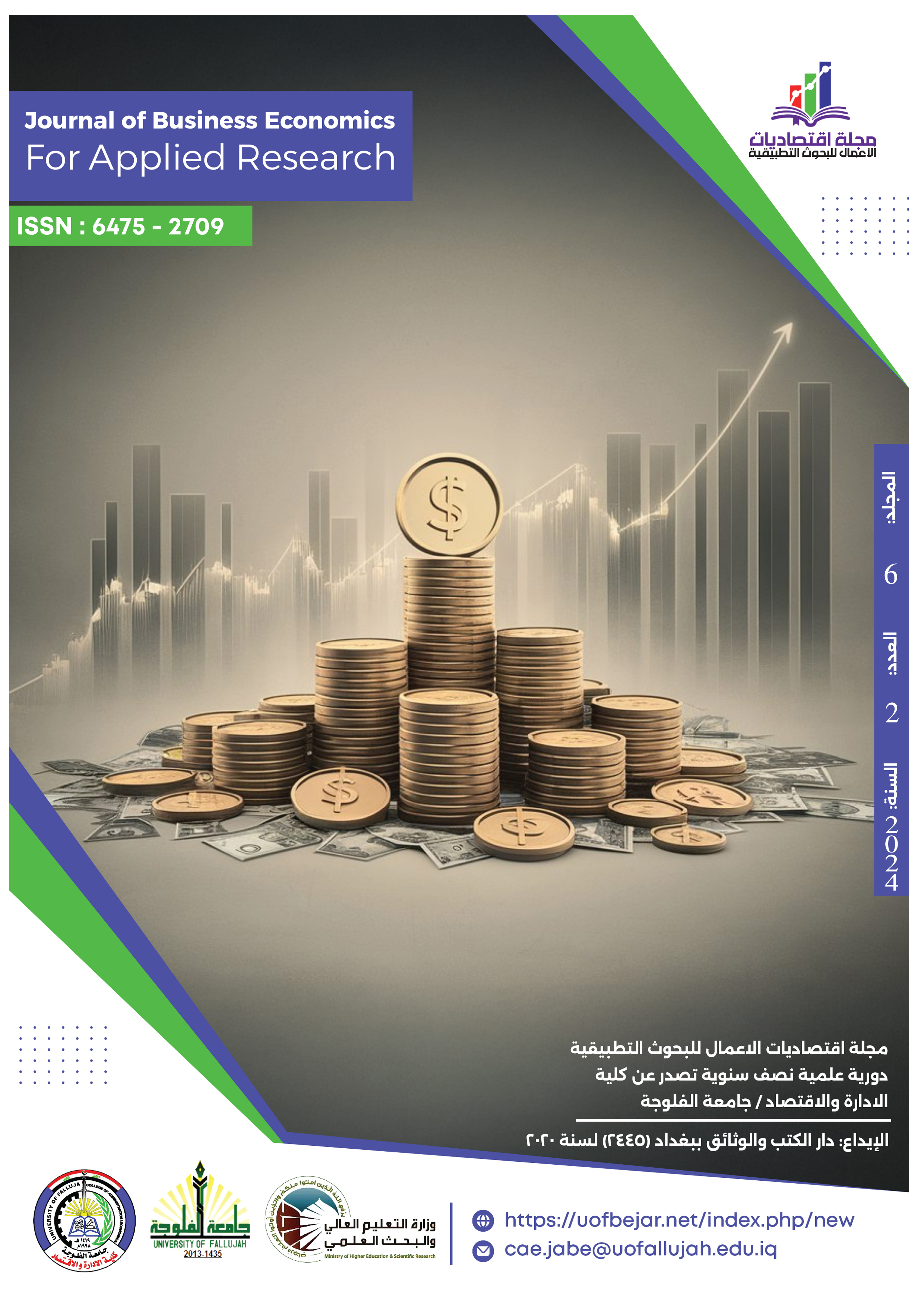The Impact of Human Resources Management Governance in Enhancing Organizational Flexibility A Descriptive Analytical Study of the Opinions of a Sample of Employees in the Statistics Department in Salah al-Din Governorate
Abstract
The aim of the research was to demonstrate the extent of the impact of (human resources governance) in enhancing (organizational flexibility) in the Directorate of Statistics in Salah al-Din Governorate. The research community was represented by employees in (administrative and technical) capacities in the Directorate of Statistics in Salah al-Din who were targeted through a deliberate sample that included (52) individuals out of the research community of (60) individuals. (45) forms actually reached the researchers, and (3) of them were excluded for being invalid. Thus, the number of forms became (42) forms ready for statistical analysis. In order to process the data, many statistical methods were used, including (arithmetic means, standard deviation, coefficient of variation, correlation coefficient R, impact coefficient R2, coefficient B, F & t value, and level of significance) based on the statistical program (SPSS V.20). The research reached several conclusions, the most important of which is the existence of a statistically significant effect of (human resources governance) and its sub-dimensions in enhancing (organizational flexibility).



